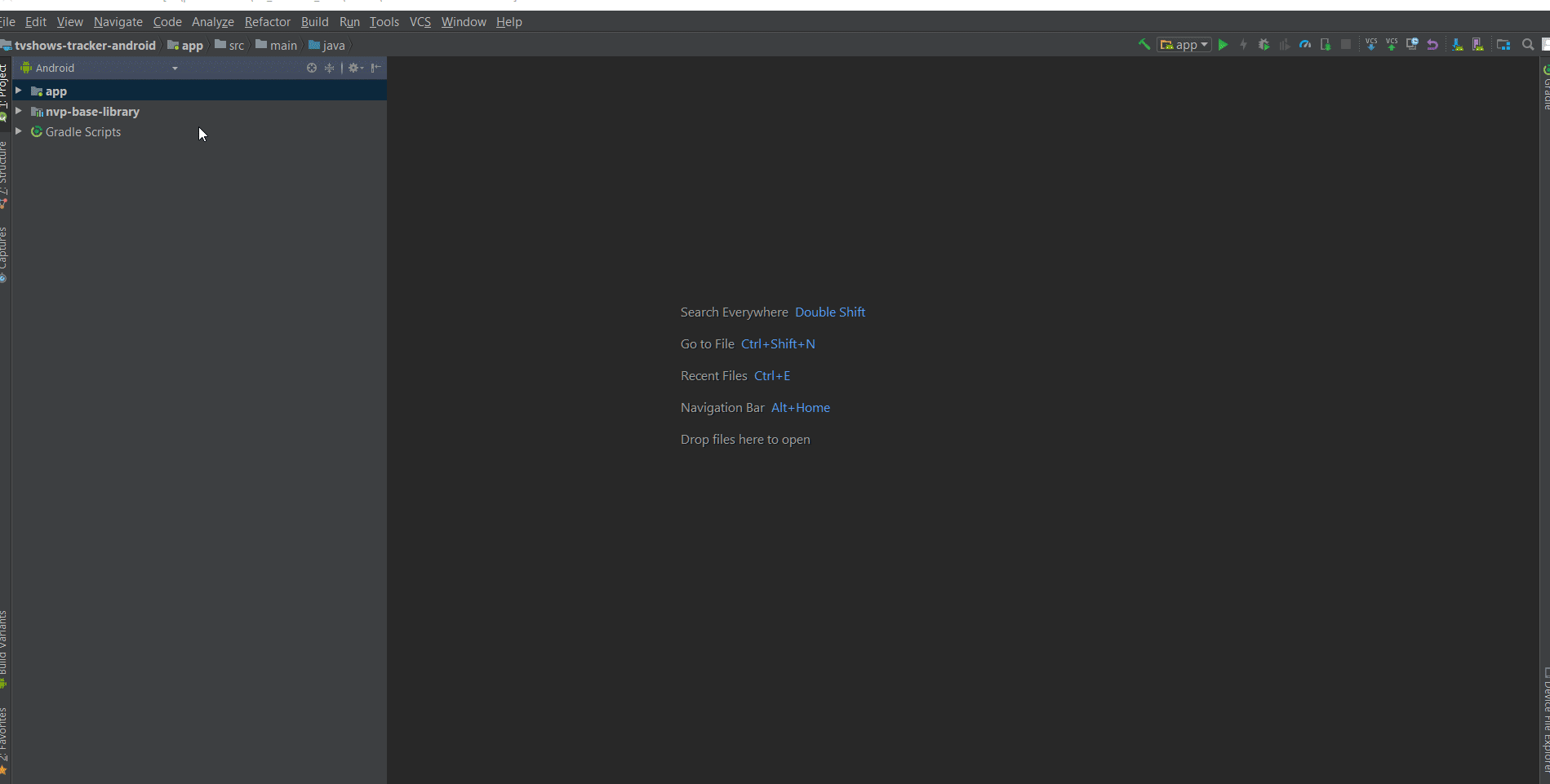

You’ll find your app page navigation implemented in the Activity (and Element) classes. In your Activity and Element classes, you’ll find processing for the user interaction functionality you added to Events inside Dropsource, as in this part or the Place Search example app – the click listeners include the Actions added to the Tapped Events on the Buttons in the Place page: HTTPManager, which handles connecting to your APIs), and data models used in the app. Java folder, you’ll find classes for some of the Elements you added to your pages, Fragments (portions in an Activity UI), library code added to the app (including Res > layout directory – more on that below. This line refers to an XML layout file named The Activity specifies the user interface that the page presents to the user, including the design via a line that should look something like this:

The Activity is defined as a Java class, which specifies its behavior using methods that execute when a page starts, resumes, and stops. Double-click an Activity to see its code. Open theĪctivities directory to see the code for each of your app pages. Java folder you’ll find your app package, with a number of sub-folders to deliver each part of the app’s behavior. Your application logic is written in Java. See the official guidance for more on using this file. If you plan to add third-party functionality to your downloaded app using a library or SDK, you may need to add information to the Manifest.


Intent - filter element, which specifies how an Activity (page) can be launched.


 0 kommentar(er)
0 kommentar(er)
